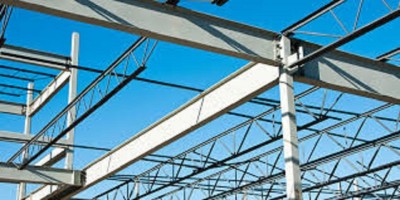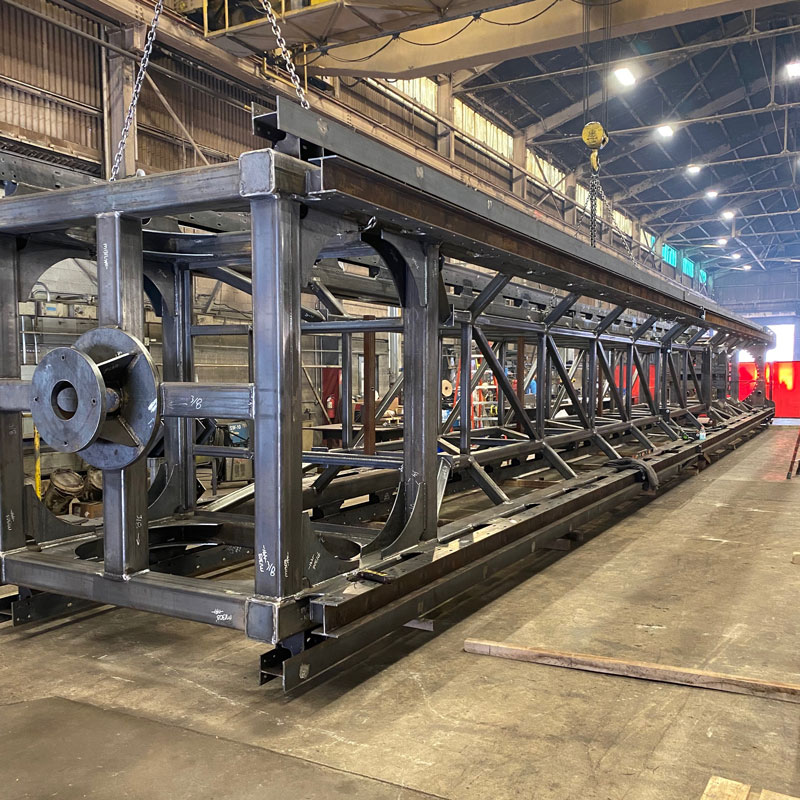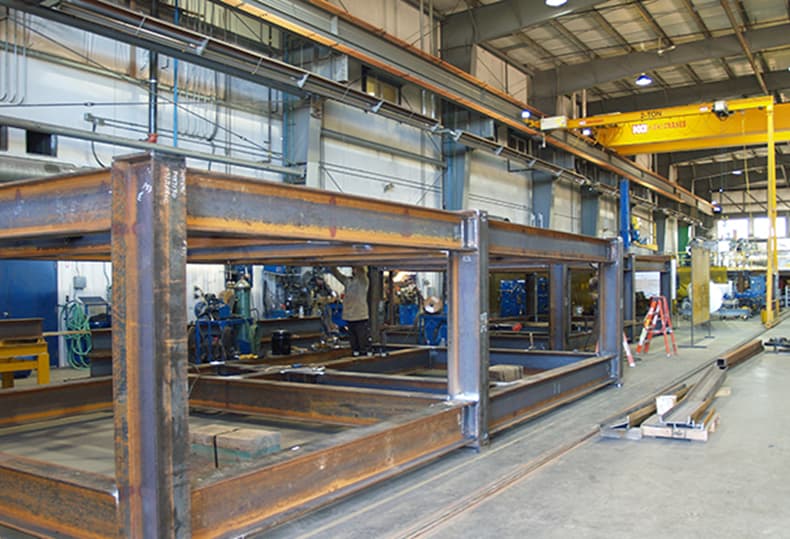Ideal Steel Fabricators Melbourne: Changing Ideas into Truth
Ideal Steel Fabricators Melbourne: Changing Ideas into Truth
Blog Article
Innovative Trends in Steel Construction: Enhancing Longevity and Precision
In the realm of steel manufacture, the quest of toughness and accuracy has actually caused a wave of innovative trends that are reshaping the industry. From developments in welding technologies to the integration of robot automation in construction procedures, the landscape of steel manufacturing is evolving swiftly. High-strength alloy development, combined with the application of 3D modeling and simulation software application, is pressing the boundaries of what is possible in terms of architectural stability and precision. In addition, the expanding emphasis on lasting methods in steel manufacturing is not only driving efficiency yet also promoting an extra ecologically mindful approach to construction. These trends are not just forming the existing yet also preparing for the future of steel manufacture, promising more improvements in longevity and precision.
Advanced Welding Technologies
In the realm of steel construction, the adoption of advanced welding modern technologies has actually substantially reinvented the market's strategy to achieving premium top quality and accuracy in structural welds. Advanced welding modern technologies, such as laser beam of light welding and rubbing stir welding, have arised as game-changers in the field. Laser beam of light welding utilizes a concentrated laser beam of light to sign up with metal parts with impressive precision and speed, making it suitable for detailed designs and thin products. On the various other hand, friction mix welding produces exceptionally solid bonds by mechanically intermixing the particles of the products at the joint, eliminating the demand for thawing the steel. These modern technologies offer various benefits, including minimized heat-affected zones, marginal distortion, and improved mechanical buildings in the bonded joints. By leveraging these sophisticated welding strategies, steel makers can raise the resilience, strength, and accuracy of their structural welds, fulfilling the significantly requiring needs of modern-day building and construction jobs.
Robotic Automation in Manufacture
Welcoming robot automation has actually become a keystone of modern steel fabrication methods, simplifying processes and enhancing performance across the sector. Robots are revolutionizing the way steel parts are made, providing unparalleled precision and speed while lowering human mistake. These automated systems can deal with repetitive tasks with regular accuracy, bring about greater top quality final product.
One trick advantage of robotic automation in steel construction is the capacity to work all the time without fatigue, substantially boosting production result. This continual procedure lessens downtime and speeds up job timelines, eventually conserving expenses for producers. In addition, robotics can be programmed to perform detailed tasks that might be harmful or challenging for human workers, enhancing security in the work environment.
Moreover, robotic automation enables smooth integration with various other electronic technologies, such as computer-aided style (CAD) software and Internet of Things (IoT) systems (steel fixing). This interconnected approach boosts interaction between various phases of fabrication, optimizing process and guaranteeing real-time monitoring and control. As the steel construction sector remains to advance, robotic automation sticks out as a transformative pressure driving effectiveness and accuracy in manufacturing processes

High-Strength Alloy Advancement
The improvement of high-strength alloy advancement in steel construction is improving the sector's approach to enhancing material resilience and performance. High-strength alloys are engineered to exhibit superior mechanical homes, such as enhanced tensile stamina, strength, and corrosion resistance compared to traditional steel qualities. By including these innovative alloys right into construction processes, manufacturers can generate parts that hold up against greater tension levels and harsh settings, bring about even more resilient and dependable final product.
One secret benefit of high-strength alloy growth is the capability to lower product thickness without endangering architectural integrity. This not just leads to lighter-weight components yet likewise adds to set you back savings and go right here boosted effectiveness in fabrication and setting up processes. Moreover, the improved strength-to-weight ratio of these alloys permits for the design and building and construction of frameworks with higher load-bearing capabilities while minimizing total weight.
3D Modeling and Simulation Software
Developments in steel construction processes have actually been substantially thrust by the integration of cutting-edge 3D modeling and simulation software tools. These tools allow fabricators to create detailed virtual models of their projects, allowing them to envision the last item with precision prior to any type of physical job begins.

Sustainable Practices in Steel Manufacturing
Integrating lasting methods right into steel production procedures is important for decreasing environmental influence and guaranteeing lasting resource accessibility. One key sustainable technique is the adoption of energy-efficient innovations to reduce greenhouse gas discharges throughout the steel manufacturing process. This consists of making use of sustainable power resources, such as solar or wind power, to power steel plants and executing energy-efficient devices to maximize energy usage.
An additional crucial element of lasting steel manufacturing is the responsible sourcing of raw materials. This entails ensuring that the iron ore and other resources made use of in steelmaking are gotten from ethical and ecologically pleasant click here now sources. By promoting transparency in the supply chain and sticking to rigorous environmental standards, steel producers can lessen the adverse impacts of resource extraction on local communities and neighborhoods.

Conclusion
In conclusion, the cutting-edge fads in steel fabrication such as advanced welding modern technologies, robotic automation, high-strength alloy development, 3D modeling and simulation software, and lasting methods are enhancing the resilience and accuracy of steel items. These developments are revolutionizing the steel manufacture market by improving high quality, sustainability, and performance. It is clear that the future of steel manufacture depends on welcoming these advanced modern technologies to satisfy the needs of contemporary building and construction and manufacturing sectors.
In the realm of steel construction, the pursuit of toughness and precision has led to a wave of cutting-edge trends that are improving the industry.In the realm of steel manufacture, the adoption of advanced welding modern technologies has actually substantially changed the market's approach to accomplishing superior high quality and accuracy in structural welds. As the steel manufacture industry continues to progress, robot automation stands out as a transformative force driving efficiency and accuracy in manufacturing processes.
In addition, reusing and recycling steel scrap and next page waste products play a considerable duty in enhancing the sustainability of steel production. Alpha reo.In conclusion, the ingenious patterns in steel construction such as innovative welding modern technologies, robotic automation, high-strength alloy development, 3D modeling and simulation software, and sustainable methods are improving the toughness and accuracy of steel items
Report this page